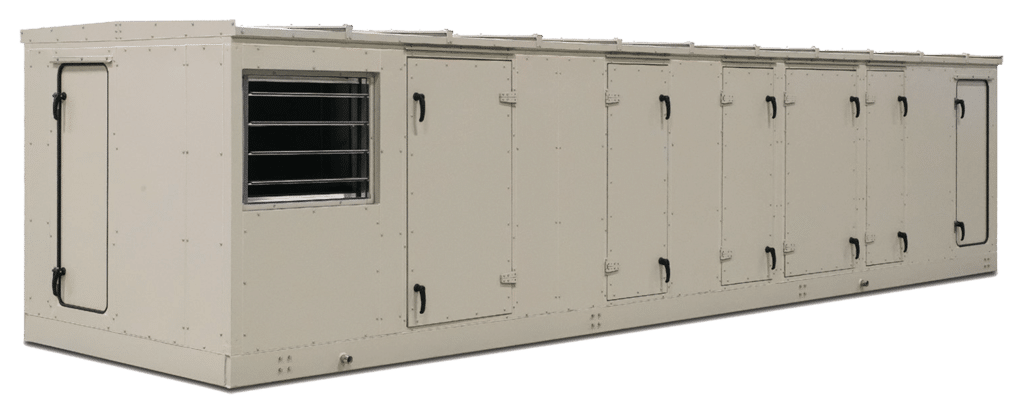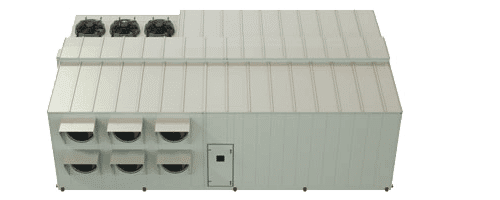Humidity Control…
…in buildings is as essential as temperature control for creating comfortable building environments for occupants and for designing efficient, cost-effective HVAC systems. Proper humidity levels contribute to a comfortable indoor environment for occupants. High humidity can make spaces feel warmer than they are, while low humidity can cause dryness and discomfort. Maintaining appropriate humidity levels helps prevent health issues also.
Our advanced humidity control technologies, available on many of our products, allow you to effectively control the humidity in your building spaces. We offer more coil options than most, so you’ll be able to match your coil to your application needs and help solve even the most demanding of dehumidification applications. Our innovative thermal break technologies prevent thermal bridging and eliminate sweat or frost on your air handler, which can lead to additional moisture in the air. In addition, we offer custom units with Energy Recovery Systems.
Dedicated Outdoor Air Systems
Our Dedicated Outdoor Air Systems (DOAS) can significantly enhance buildings in several ways. DOAS provides consistent and controlled ventilation, ensuring that fresh air is continuously supplied to indoor spaces. DOAS also aids in pollutant removal by effectively removing indoor pollutants such as carbon dioxide, volatile organic compounds (VOCs) and other contaminants. DOAS helps maintain a healthier environment for building occupants by delivering the appropriate amount of outdoor air to your building spaces.
Nortek Air Solutions has transformed…
… with FANWALL TECHNOLOGY how the industry moves air in buildings to maintain good and dependable indoor air quality. There has and continues to be an industry-wide push to use fan arrays based on efficiency, sound reduction, redundancy, maintenance and fit. In early years, the only fans in use in air handlers were double-width, double-inlet (DWDI) fans.
More and more engineers and facility personnel have begun to understand how an array of plenum fans, if applied correctly, could provide a larger set of solutions for a specific job. Fan array systems can offer reduced maintenance requirements, lower noise output, and a smaller environmental footprint than traditional air handling units. In addition, fan array systems can make facility personnel’s jobs easier with less maintenance.

